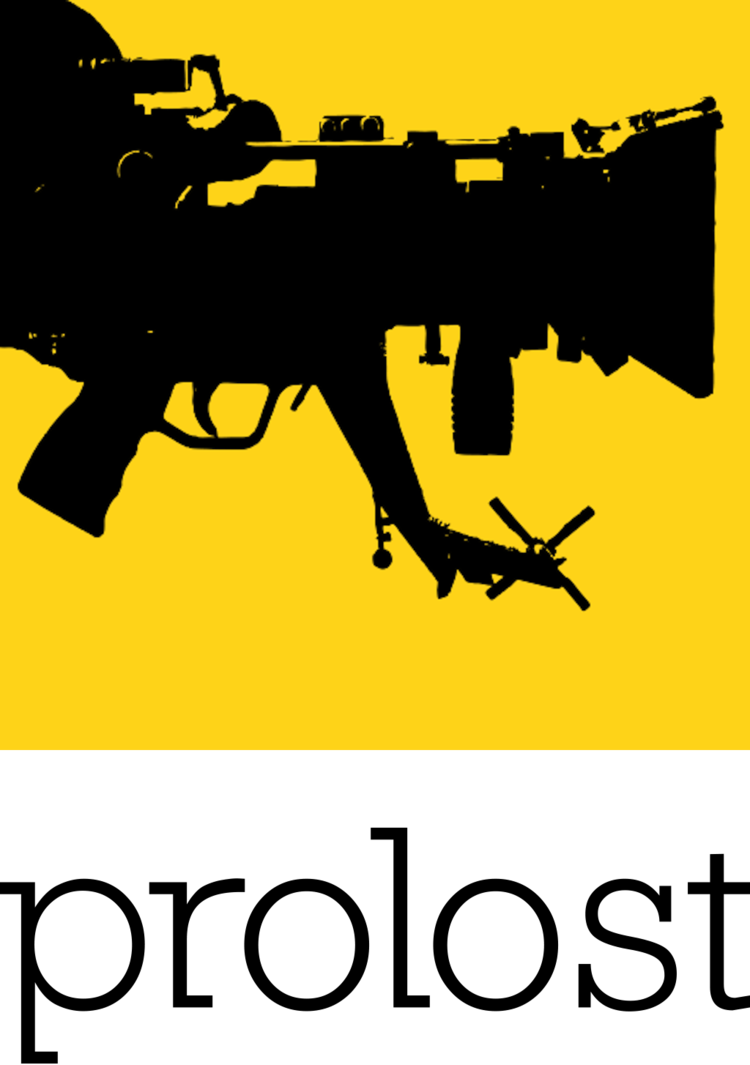To see it in HD, you’ll have to go to YouTube (and please do). Why no HD on Vimeo? Vimeo only serves HD at 24p, and as lovely as that sounds, this short was shot on the Canon 5D Mark II, and therefore is at 30fps. Vimeo does a sloppy convesion to 24p, which is not cool.
Update on 2009-11-24 21:56 by Stu
Thanks for all the comments below guys! Here’s a bit more about the short.
First of all, I knew going into this that the look would be that heartbreaking amalgamation of cinematic depth of field and video-like motion. But I didn’t want to send this camera back to Vincent without shooting something. I still consider this a “camera test” more than anything—but really, the best thing to come of the shoot was meeting The Stunt People, who are both the stars and co-creators of this piece. I can’t wait to work with Eric and the guys again.
I won’t shoot anything else at 30p, ever, unless I plan on slowing it down to 24 for a slight overcrank effect. I’ve seen entire TV commercials shot 30 for 24 though, so it could happen. I harassed the Canon reps at NAB today about 24p and manual control until they were afraid of me.
As devastating as the frame rate is, the lack of shutter control is worse. Most of the nasty video-like look is due to the camera’s frequent use of a shutter speed slower than 1/60. There’s plenty of 1/30 in there, which is the equivalent of a 360 degree shutter on a film camera—an impossibility, and a dead giveaway of video origination (even at 24p).
There are people out there enjoying some luck converting 5D Mark II footage to 24p using tools such as Twixtor and the built-in retiming in After Effects, but that only works on relatively sedate subjects (of which this short has very few), and even then, there are often nasty artifacts to contend with. Didn’t we choose this camera for image quality?
I had two big dropouts, which I fixed using that After Effects retiming feature. I immediately bought some Extreme IV CF cards to avoid that problem in the future.
I shot with only one lens, the slow-but-lovely 24–105mm f/4 L lens that comes with the camera. We were mostly at f/4.0, although I can’t be sure we always were. I stopped doing the half-twist trick after I realized how much I and the camera would be moving around. So as shallow as the DOF is, it’s nothing compared to what we could have had if I’d used primes. That’s a big leg up the 5D could have over the Panasonic GH1—even with slow glass, the Canon can make DOF that can be used as a storytelling aide, such as the moment where our guy sees the two adversaries in the distance. They appear as blurry blobs, just the way I like ‘em.
I had access to the full Redrock Micro DSLR bundle, but wound up stripping it way, way down to something I could be agile with and still pull focus as a solo operator. This stripped-down rig became the inspiration for the rig I blogged about recently.
I used my HV20 for one shot. Can you guess which one?
Editor Gregory Nussbaum (The Spirit) cut with Final Cut Pro, using half-res proxies that I rendered out of After Effects. When we locked the cut, I exported XML from Final Cut and imported that into Premiere Pro CS4. I then loaded that Premiere project into After Effects. From there, I could create precomps for each clip and swap in the full-res originals.
I color corrected entirely using Magic Bullet Colorista, sometimes several layers per shot. Many Power Masks to sculpt lighting and lift faces, as well as to unite the various colors of light present in the location. I used no lighting or bounce of any kind during the shoot.
I used the DV Rebel Tools to add new color correction layers and to preview my work using a configurable thumbnail view. The result is a deep, but very organized After Effects timeline.
And I will post more about most of these things!





